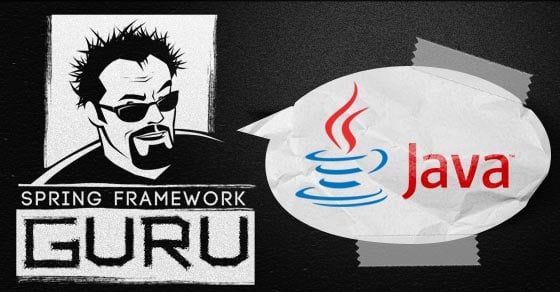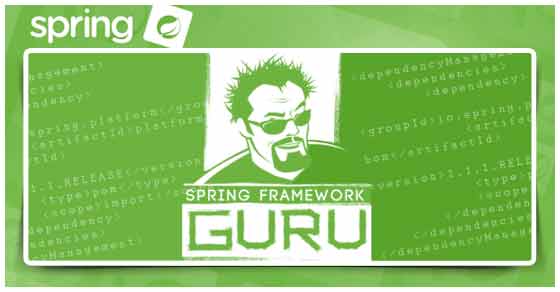Java ArrayList vs LinkedList
Lists are common data structures in Java. Elements in a List have a specific order and can include duplicate elements. List have different implementations based on different use cases. The two key ones are ArrayList and LinkedList. Novice programmers often tend to use both the implementations interchangeably. However, both ArrayList and LinkedList have significant differences […]Continue reading




